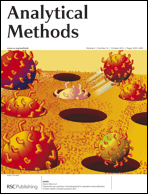An on-demand system to print artificial fingerprints has been developed by US scientists. The fingerprints could be used to ensure that detection equipment for explosives and narcotics, such as those used in airports and federal prisons, are working as expected.
Jessica Staymates and her team at the National Institute of Standards and Technology, Gaithersburg, incorporated the oily substance found in fingerprints – sebum – into explosive test materials to provide a realistic challenge for trace detection technologies. ‘When someone handles explosive or narcotics materials, they inevitably contaminate themselves, their clothing and belongings with micrometre-sized particles of the material,’ explains Staymates. ‘It is generally believed that these trace residues are commonly spread via fingerprints.’

White light (left) and polarised light micrographs of sebum-heptane-RDX-polyisobutylene mix printed in a fingerprint-like array
To read the full article please visit Chemistry World.
Evaluation of a drop-on-demand micro-dispensing system for development of artificial fingerprints
Jessica L. Staymates, Matthew E. Staymates and Greg Gillen
Anal. Methods, 2013, Advance Article
DOI: 10.1039/C2AY26167G











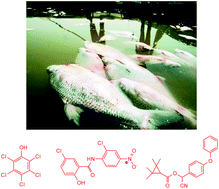
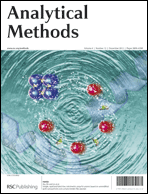
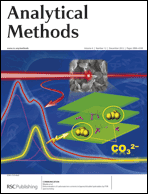
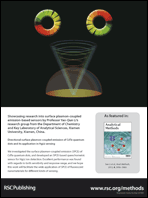
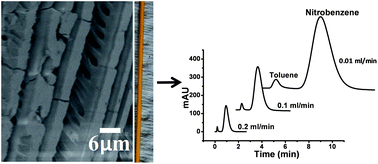


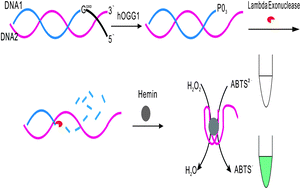
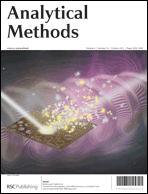 Take a look below at some wonderful HOT articles we’ve recently published this month in
Take a look below at some wonderful HOT articles we’ve recently published this month in 